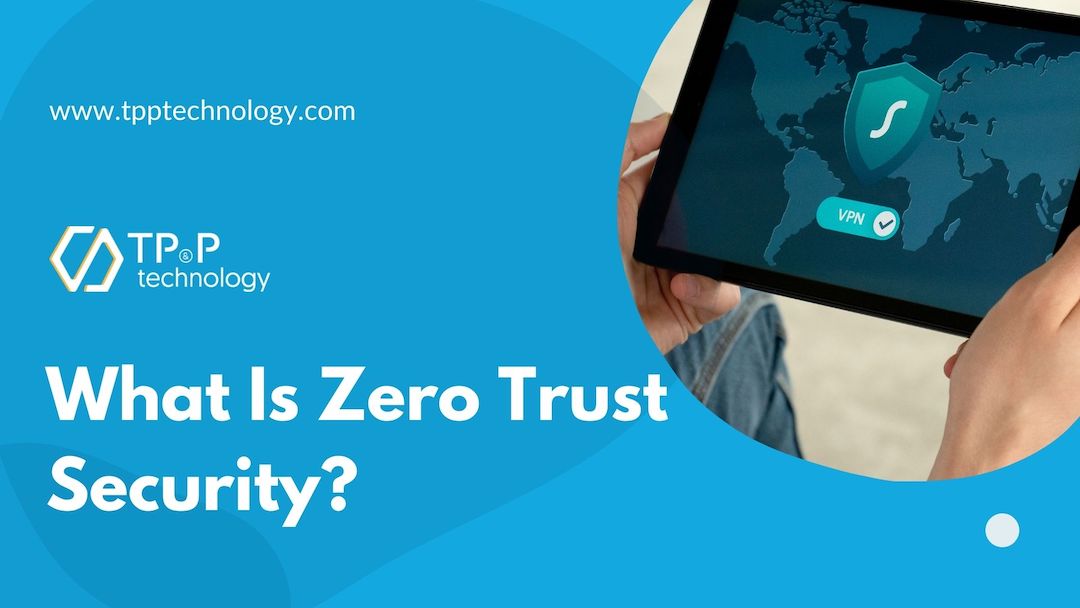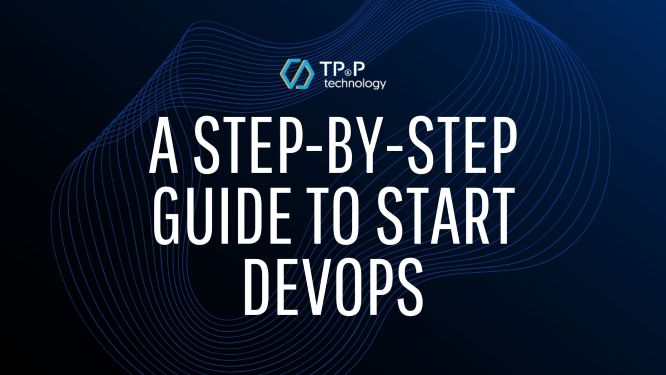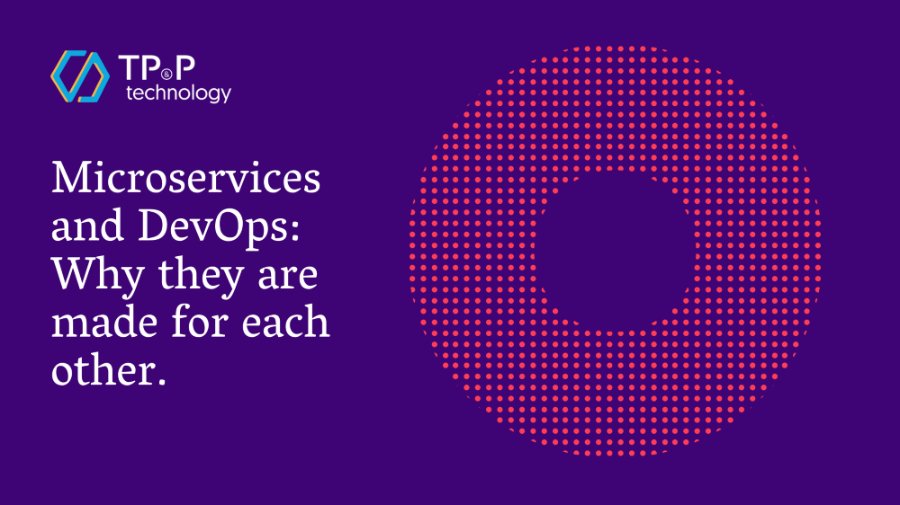
Why Businesses Should Pay Attention To Zero Trust Security?
Zero trust security, in its simplest sense, can be defined as developing security controls with NO inherent trust by default. To simply put, it assumes that your organization has already been breached, to begin with.
However, in today's digital business world, the above assumption can be literally challenged and opposite to reality. For example, as an employee, you should be allowed to access any application, servers, or other infrastructure if you are physically in the workplace or remotely (through VPN) using your company's trusted network.
As the remote work trend is still going strong during the COVID-19 pandemic outbreak, that assumption can be often shown to drive organizations into potential troubles.
In 2021, the cases of corporate security breaches seem to keep going on no matter what.
Thus, regarding corporate network boundaries gradually disappearing, it is expected to be an acceleration in the need for business organizations to switch to zero-trust security.
Why zero trust?
For starters, the Zero-trust approach enables access decisions that are granted by verifying every user and the transaction - which consists of several facets such as the user's identity, the application, the network, the classification of the data being accessed, the device's security profile, and the authenticators used. Organizations that adopt the Zero-trust approach can gradually move away from the outdated castle and moat network security model.
Because it is a continuous process from authentication to authorization, the Zero-trust approach can help business organizations to unlock new business value, namely:
- The zero-trust security model helps reduce security risks and business risks as a result.
- A wider range of devices options allows the bring-your-own-device (BYOD) approach.
- The appropriate levels of security verification can be employed instead of one-size-for-all. This means that low-level authentication can be utilized when the trust is high. On the other hand, strong-level authentication will be automatically applied when the trust is low (e.g: the access is highly risky, the device is undefined, un-trusted, etc.). In the worst case, there will be a denial of access when the trust falls out of the predefined limits.
- Reduction in reliance on point approaches: As there are changes in the threat landscape, there must be a minimum level of security within the Zero-trust approach.

How To Establish a Zero-Trust Environment?
To begin building a zero-trust security model, business organizations will need to have access to quality identity data, properly provisioned permissions, standardized authentication, and authorization enforcement which are some of the requirements for a zero-trust architecture.
In recent years, the decentralized approach to identity and access management has been utilized by several organizations. As a result, various lines of business are allowed to build their own authorities. However, this, unfortunately, leads to duplicative access enforcement systems. The Zero-trust approach should be a more unison, enterprise-wide approach. Therefore, visibility and enforcement of access policies will be provided. Collectively, this would lead to an improvement in security and compliance.
For example, if your marketing department needs access to a Marketing Automation application:
- You have to identify who directly works in your marketing department.
- Your devices that are connected to the network need to guarantee that traffic that goes to the Marketing Automation system comes from a device that belongs to the Marketing Department employees.
- The authentication solution should verify that authenticated users are from the marketing team.
- The marketing automation software should be set up to allow only people who work in the marketing team to access it.
- One-time additional verification can also be enforced for first-time users.
- When the user is verifying themselves from a new device the first time, one time additional authentication could be enforced.
Ultimately, these policies should always be reviewed and continuously monitored for improvements to keep up with the changes in the environment.
Applying the Zero-trust approach is a cross-discipline exercise involving identity, access management, and infrastructure security. Yet, finding a solution that can cover all the requirements is just like looking for a needle in the haystack, it may be impossible.
Organizations may enforce access policies in access management approaches including authorized access tools, network infrastructure, API gateways, cloud platforms, and within the application code.
Side-notes:
Zero trust security is an evolving concept that many businesses have been implementing for the past decades.
At TPP Software Company, we provide end-to-end cybersecurity services, covering advanced cyber defense, applied cybersecurity solutions, and managed security operations. With the help of our team of highly skilled cyber-security experts, we enable our clients to operate their businesses safely, build cyber resilience and grow with confidence.
Need Help With Your IT Projects? Contact TP&P Technology - Leading Software Engineering Company in Vietnam Today



